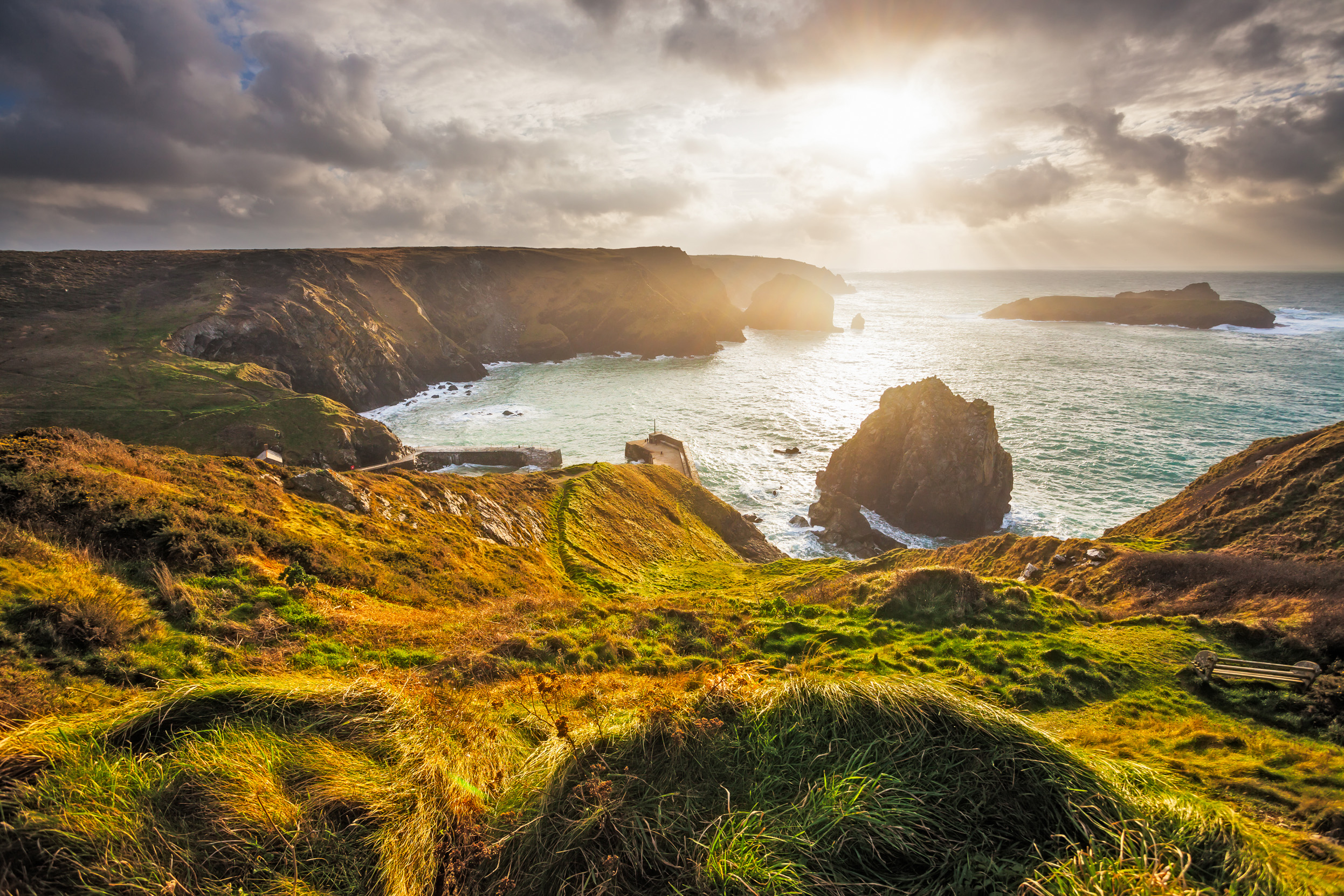Nature-based solutions to climate change
Nature can help us manage the impacts of climate change, protecting it has benefits for humans and wildlife alike.

On this page
Nature-based solutions involve working with nature to tackle societal challenges, including our need to adapt to and mitigate climate change, and can provide huge benefits for people, wildlife
There are vital habitats such as peatlands, freshwater and coastal wetlands, semi-natural woodlands and permanent grasslands which must be protected and restored in combination with a transition to sustainable farming.
Privately owned land is playing an increasingly important role in climate change mitigation and adaptation. However, we also need policy support for nature-based solutions to become more widespread. There should be the development of blended finance options that use public funding to leverage private funding.
Find out more in our story map
Nature-based guidelines
Nature-based solutions to climate change are not a substitute for the rapid phase-out of fossil fuels. We cannot delay urgent action to decarbonise.
We follow evidence-based guidelines, set by the Nature-based Solutions Initiative (NBSI), which sets out the criteria needed for gold standard nature-based solution delivery.
The cost of inaction
RSPB research has mapped landscapes which are important for nature and act as carbon stores – such as ancient woodland, peatland, and wetlands – and found these landscapes contain two gigatons of carbon. This is equivalent to four years of the UK’s annual emissions.
Due to continued degradation of our peatlands, they are now in poor condition and as a result are actually emitting the equivalent of 5% of the UK’s greenhouse gases every year. If we fail to protect and restore our peatlands, they will only emit more harmful gasses in the future.
Peatland restoration offers a brilliant opportunity to halt these emissions and even take more carbon out of the atmosphere, while helping the rare species that rely on these important habitats.
The solution: Peatland
End burning on blanket bogs, with an outright ban on burning plant-life on upland peatlands. This would be an easy win for climate and nature, and help protect one of our most important carbon stores.
Reduce demand for peat-based products by banning the use of peat in gardening.
Increase funding for peatland re-wetting such as the blanket bog project at our Dove Stone reserve in the Peak District; home to mountain hares, peregrine falcons and curlews.
Find out more in our peatlands story map.
The solution: Woodlands and forestry
Prioritise the conservation of the few remaining areas of ancient and semi-natural woodland in the UK. This should include protecting the best sites for wildlife and restoring important habitats damaged by plantation forestry.
Support new woodland creation in appropriate locations for native species, at the right scale such as the Cairngorms Connect 200-year visionary restoration project.
Find out more in our woodlands story map
The solution: Coastal
Restore habitats such as saltmarsh, which can store carbon ten times faster than trees. Natural flood management and managed sea wall realignment reduces flood and coastal erosion risk which is a huge benefit in the face of a changing climate.
Medmerry nature reserve, managed by RSPB, in West Sussex is one of the biggest open coast realignments in Europe. Wading birds quickly settled at new nature habitats.
The annual risk of flooding to nearby homes was reduced from a 1 in 1 year, to a 1 in 100 year event.